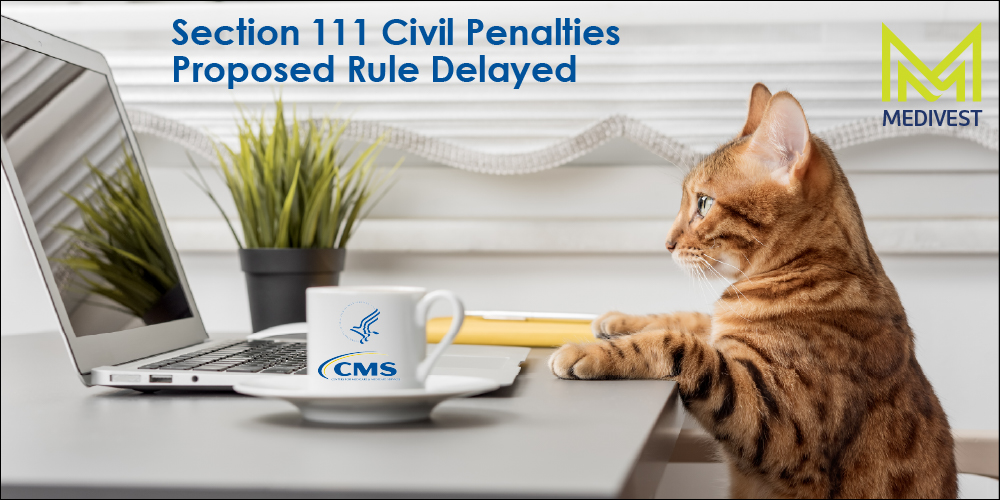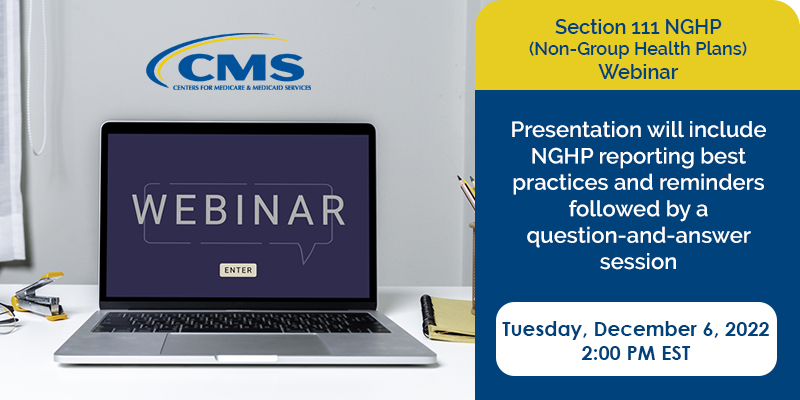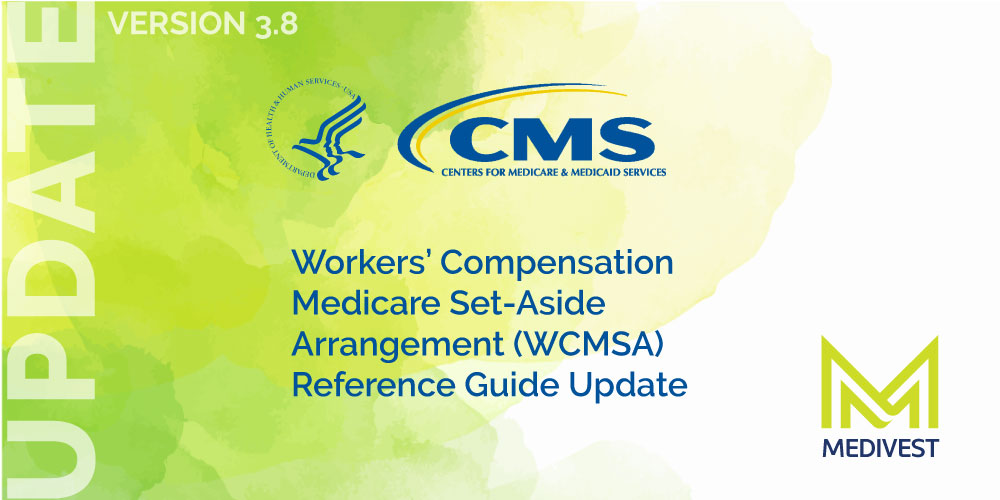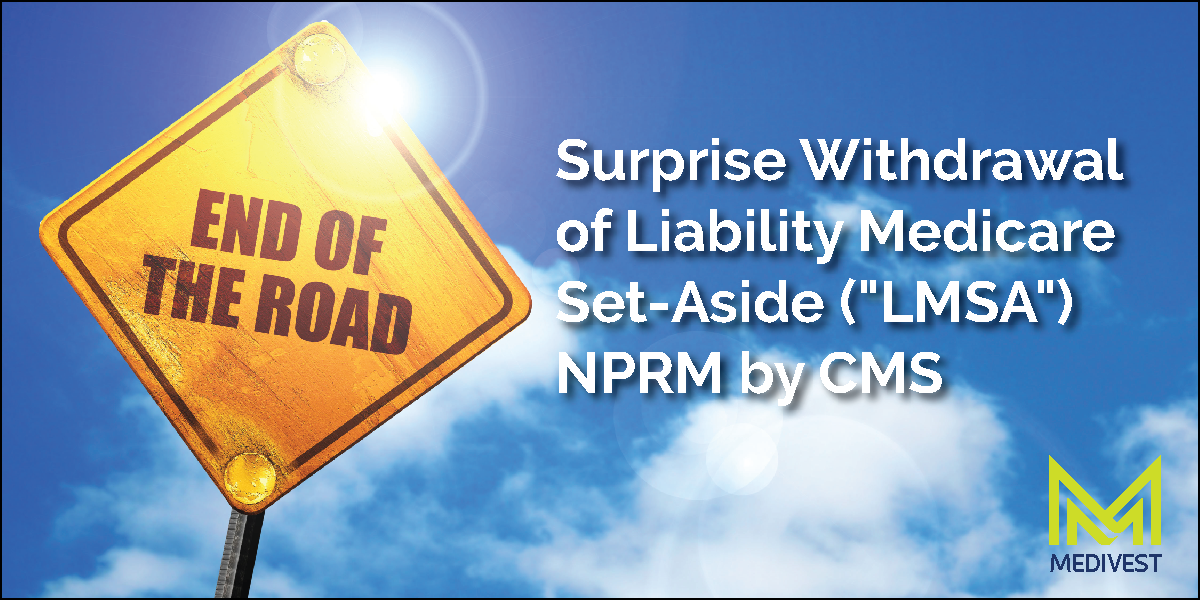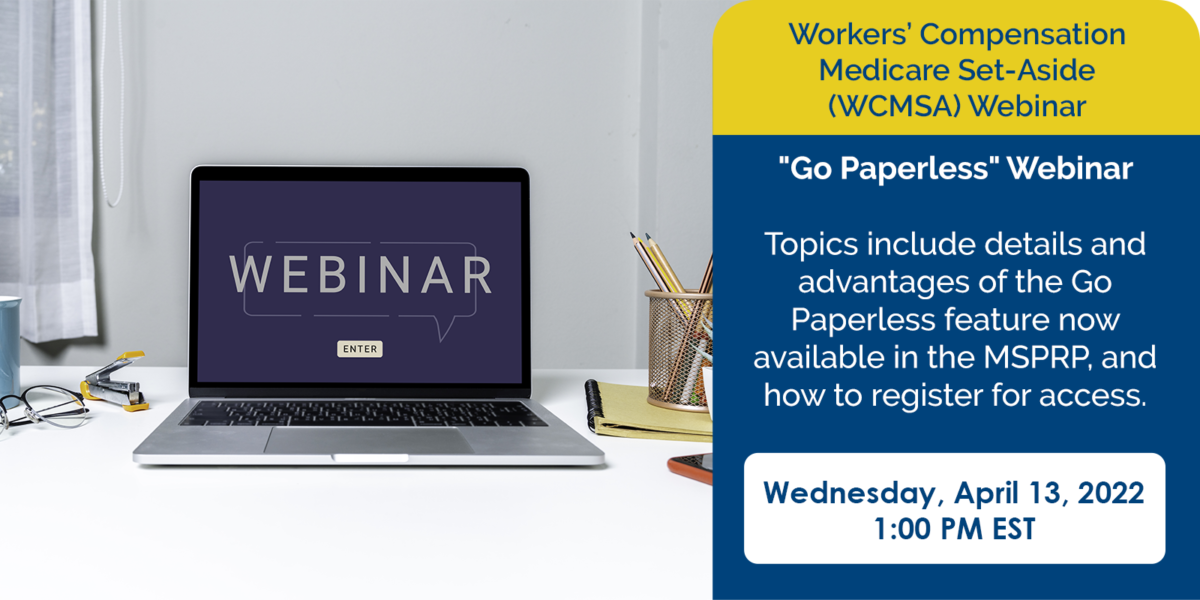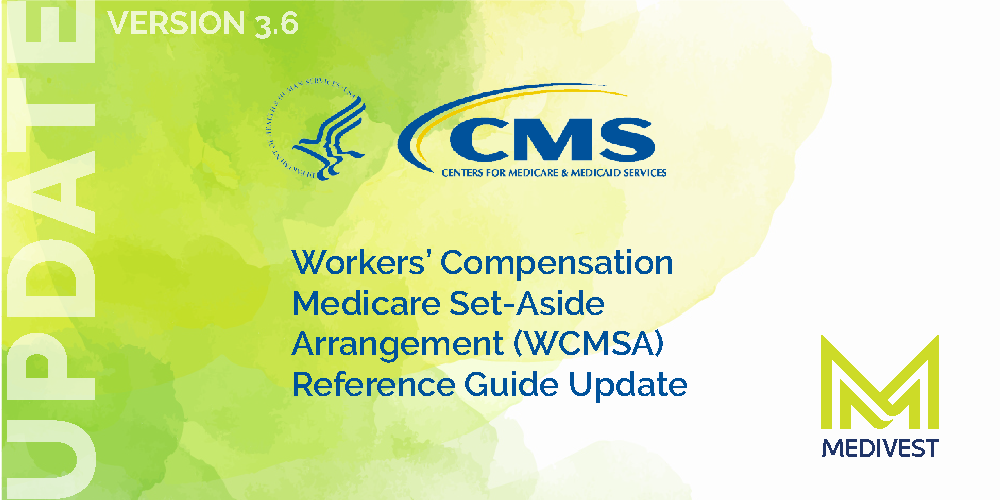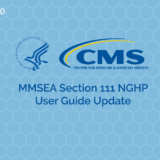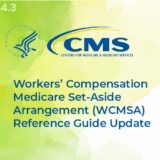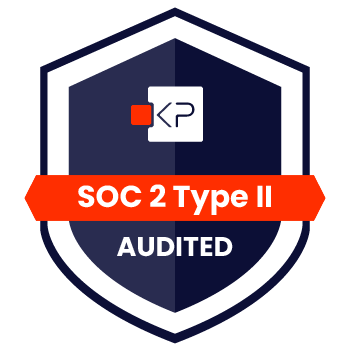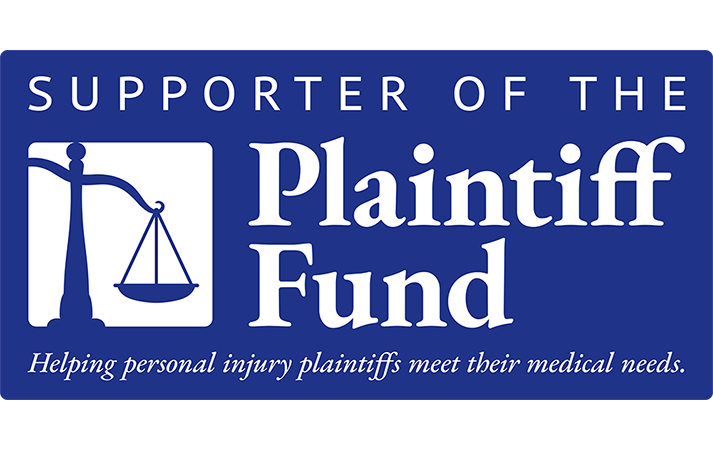On March 8th, 2023, Centers for Medicare & Medicaid Services (CMS), via Deputy Administrator and Director Daniel Tsai, offered its first official notification regarding the Gallardo v. Marstiller U.S. Supreme Court ruling to all state Medicaid agencies. The notification reiterates the requirement of state Medicaid agencies to recover their injury-related payments (liens) from settlement funds. It informs them that now those lien payment recoveries can be recovered from any portion of settlement funds designated as compensation for medicals. This includes funds considered to be compensation for future medicals of a Medicaid member.
A Brief Review of Gallardo v. Marstiller
In 2022, the Supreme Court of the United States (SCOTUS) took on the case of Gallardo v. Marstiller. At question was whether Florida’s Medicaid program was only entitled to be reimbursed for the money it spent for a Medicaid beneficiary’s past medicals from both the portion of the settlement that represents future medical expenses and past medical expenses or only from the portion of the settlement allocated as past medicals. The SCOTUS affirmed 7-2 that the Medicaid Act permits a State to seek reimbursement from settlement payments allocated for future medical care in addition to payments allocated to past medicals.
Medivest followed the case and decision closely in 2022, and documented the details and some new questions that the decision opened up. One of those questions was, would state Medicaid agencies and their recovery agents become more aggressive in pursuing their reimbursement/lien recoveries from any and all medical damages paid in settlements? The letter from the Deputy Administrator and Director, RE: Third-Party Liability in Medicaid: State Compliance with Changes Required in Law and Court Rulings, seems to indicate that the answer is yes.
CMS Letter – SMD # 23-002
In the letter from the Deputy Administrator and Director, the Gallardo ruling is referenced as reason for pursuing past medical payments (i.e. liens) from the future medical portions of a settlement or past medical portions of a settlement. Additionally, the Consolidated Appropriations Act, 2022 (CAA, 2022; P.L. 117-103) is referenced. This requires states to have laws in effect that bar liable third-party payers from refusing payment for an item or service solely on the basis that such item or service did not receive prior authorization under the third-party payer’s rules.
It is worth mentioning, the letter does not expand the law. It is CMS’s attempt to help remind the various state Medicaid agencies of their ongoing obligation to recover their liens and that now, post Gallardo, they may reach into any medicals to recover those liens. The full letter can be read here.
Questions Regarding Lien Resolution?
Medivest will continue to assist injured parties by auditing Medicaid lien payment ledgers to confirm only injury-related payments are reimbursed, and in negotiating the resolution of any Medicaid liens from traditional Medicaid lien holders and privately administered Medicaid Managed Care Organization (MCO) health plans. We are always working to find ways to reasonably reduce the overall reimbursement for the injured parties.
For additional questions regarding lien resolution, please contact us here.




